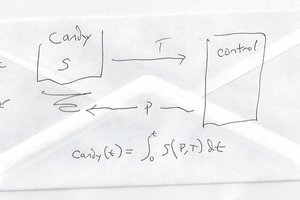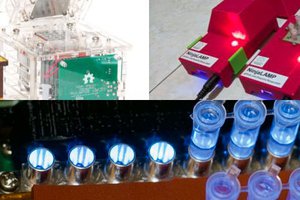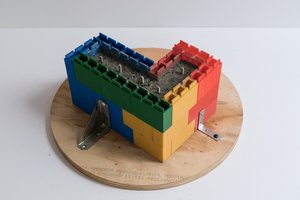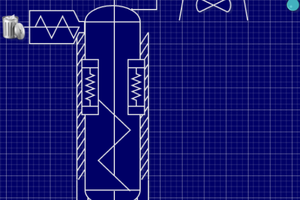This project was carried out at the Instituto Superior Tecnológico 17 de Julio with the advice of the company El Domo to prepare a manual for the construction of a mealworm farm system, from the acquisition of materials to the worm life cycle. interest worms are met.
For this, two storages were carried out with different types of substrates and sources of humidity with the objective of determining which is the best substrate and food for mealworms, carrying out their respective maintenance, and then evaluating their evolution, development, environmental factors, and changes, which is needed for their growth and production, to standardize a mealworm rearing manual with viable substrates.The mealworm corresponds to the larvae of two types of dark beetles of the Tenebrionidae family, the yellow beetle (Tenebrio molitor Linnaeus) and the common dark beetle (Tenebrio obscurus Fabricius). distributed throughout the world. (Medrano Vega 2019)
The taxonomic classification of this insect can be seen below:
- Scientific Name: Tenebrio molitor Linnaeus
- Class: Insects
- Order: Coleoptera
- Family: Tenebrionidae
- Genre: Dark
- Species: Molitor
The tenebrios are beetles whose larvae are mainly used to feed insectivorous animals in captivity because they are highly nutritious, easy to reproduce, and easy to maintain. The larvae are the first stage of the tenebrios, but it is their voracity that makes them special. And these worms are easy to feed. What they eat is really little, since they don’t need that much to survive. What’s more, they can go through the entire larval stage without drinking water. But of course, what we want is that they have the necessary proteins for our fish, so the better we take care of them, the better it will be since they are an enormous source of protein for fish. (Nowak, V., Persijn, D., Rittenschober, D. , and Charrondiere, 2016)
Among the different species of insects, the larva of the mealworm (Tenebrio molitor) stands out, which is characterized by the high biological value of its protein, excellent fatty acid profile and good digestibility (Makkar, Tran, Heuzé, and Ankers, 2014) mention that:
The adult beetles mate and lay eggs from which tiny, millimeter larvae will hatch, and they will have 2 months to grow. When they reach 2 cm or 2.5 cm, they begin to become immobile and this is because the pupation process begins. The pupa can be transformed from 6 to 30 days and this depends on the heat that we provide to the container (p.7).
On the other hand, a manual is a guide in which the basic and essential aspects of farm preparation for mealworms are compiled. And it allows us to understand the operation of the farm system and/or access in an organized and concise way, to the knowledge of the project.
GENERAL OBJECTIVE:
Develop a mealworm farm using different substrates and moisture sources to obtain biomass and use it as a protein supplement for fish.
SPECIFIC OBJECTIVES:
Determine different substrates for the development of mealworms. Evaluate the behavior, conditions, and life cycle of the worms. Prepare a manual for the rearing and development of mealworms.
PROPOSAL AND EXECUTION:
It has been determined that Tenebrio molitor is a promising source of protein and energy for the development of some species. Fish are known to like mealworms so mealworms could be really useful in the pet food industry as an alternative source of protein. Therefore, the purpose of this work is to obtain protein mass to supply the fish with an energy source. To do this, the first thing to do was a bibliographical search to develop a domestic mealworm farm and determine which are the substrates and under what conditions the mealworms develop optimally, with which sources of moisture they develop, and which are harmful. for the farm. Following this, the materials were acquired (wooden sticks, triplex, plastic trays with lids and mesh), substrates (oats and bran), food (potato, apple, and carrot), and the worms...
Read more » El Domo
El Domo
 Bill Smith
Bill Smith
 shingo
shingo
 James Rowlands
James Rowlands
 Leonardo Zuniga
Leonardo Zuniga